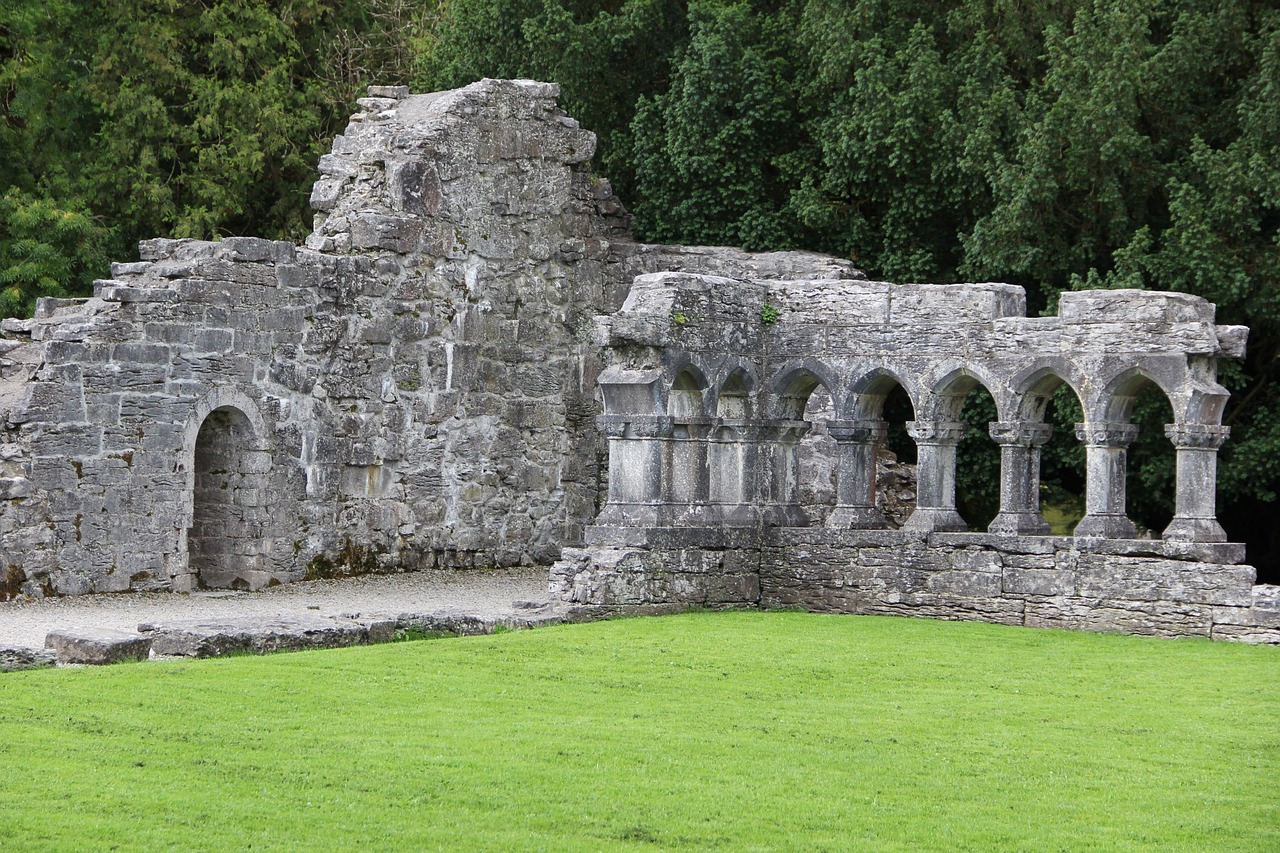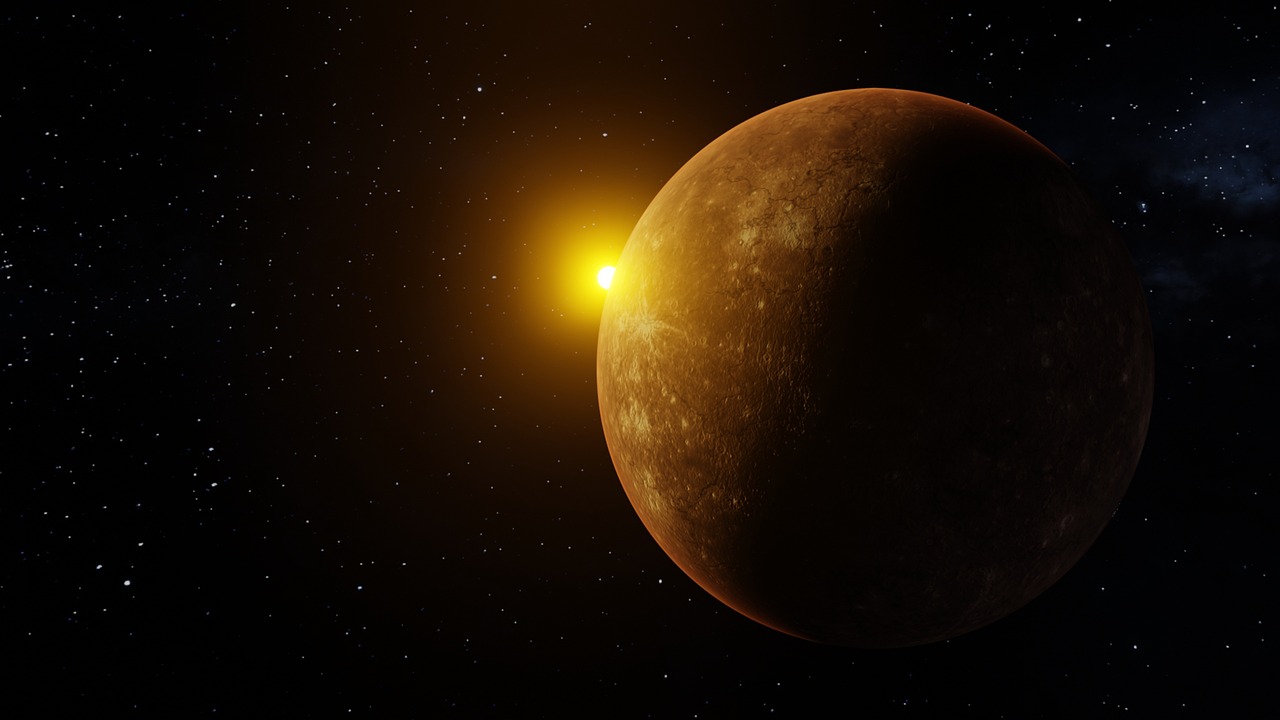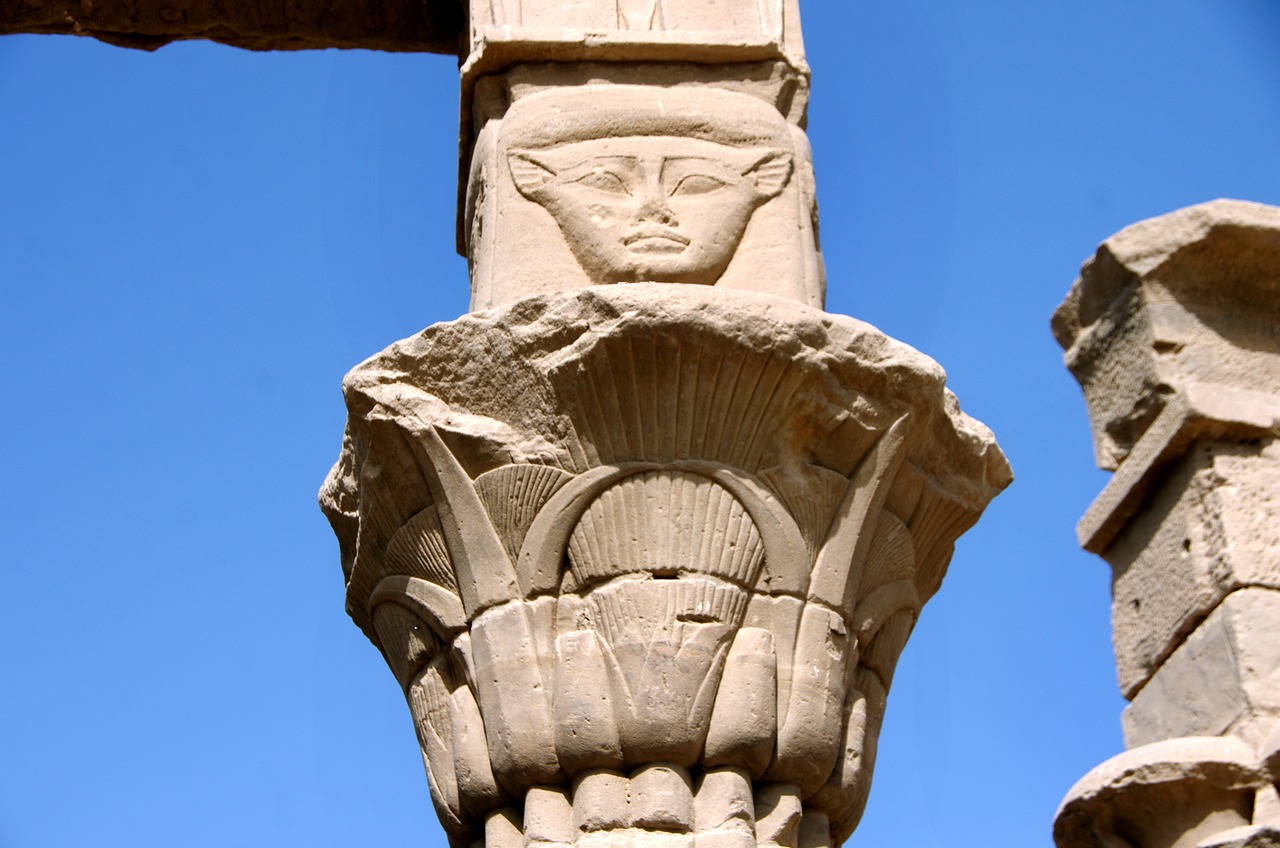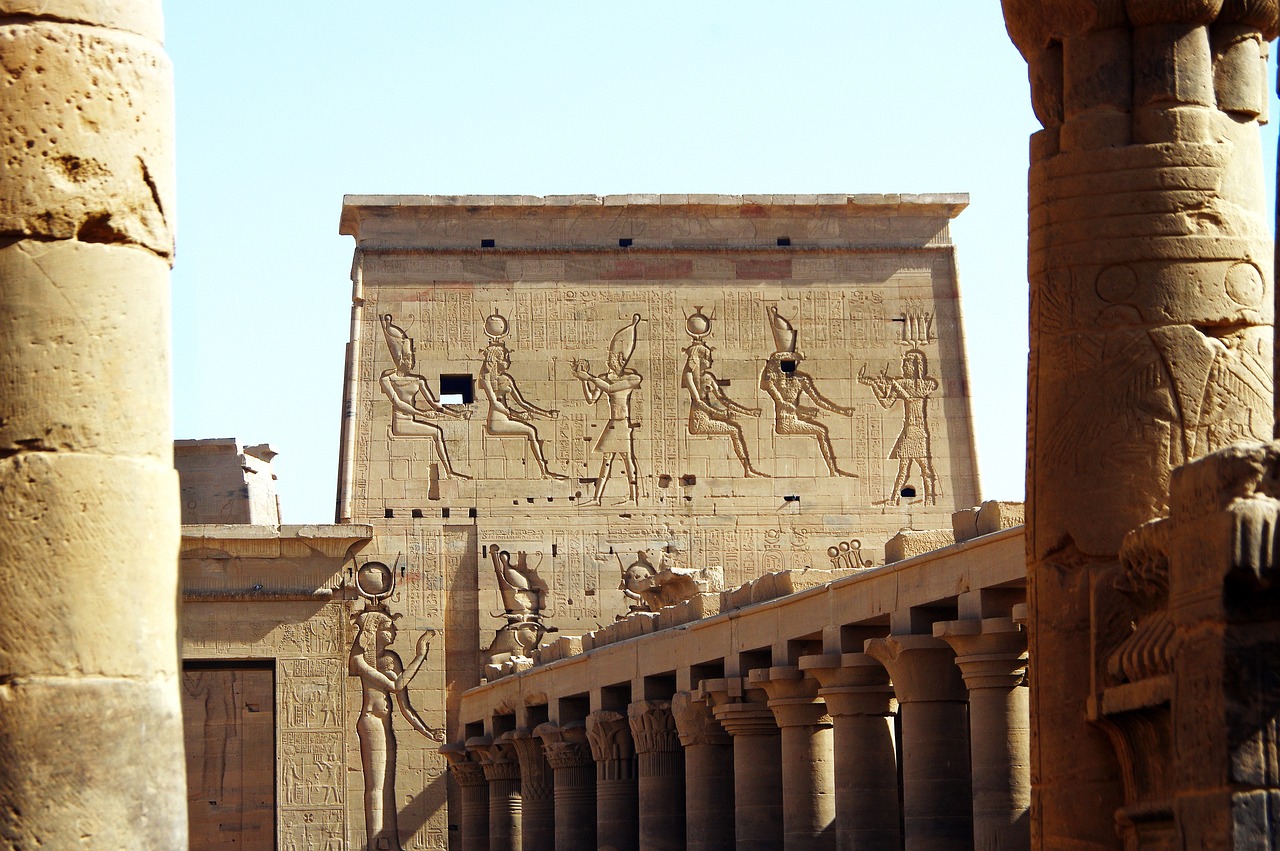Author: Sun WuKong
-
Mythology often highlights heroes and saviors, but it also embraces the characters of tricksters and jesters. One such figure in Irish mythology is Bres, a king who is neither revered nor loved, embodying more folly than grace. Bres: The Enigmatic King Labeling Bres as a deity amidst the pantheon of Celtic gods is misleading. While…
-
Overview Taranis, the Thunderer, is recognized as the pan-Celtic deity associated with storms and thunder. Revered for his crucial role in various Celtic belief systems, he is often linked to inclement weather and the sacred wheel, though details about his worship remain scarce. Etymology The name Taranis translates to “thunder,” deriving from the Proto-Celtic term…
-
Mithraism: An Enigmatic Cult in the Roman Empire Mithraism, an intriguing cult religion, thrived within the Roman Empire from the 1st to the 4th centuries CE. This secretive belief system presents challenges for historians due to the sparse and often biased records that remain. The insights gained from archaeology enhance our comprehension of Mithraism, yet…
-
The exquisite small statue represents the messenger deity Mercury, depicted in the nude apart from a chlamys draped over his right shoulder and cascading down his back, with its lower edge enveloping his left arm. This youthful figure is poised on his right leg, the left leg slightly bent, and rests on a low pedestal.…
-
Overview Jason, the son of Aeson, emerged as a celebrated hero from Iolcus in Thessaly and was part of the royal lineage. He gained fame for leading the Argonauts on their adventurous quest to seize the Golden Fleece from King Aeetes of Colchis. Jason’s life took a dramatic turn when he married Medea, a powerful…
-
Understanding the Each Uisge: Scotland’s Most Fearsome Water Spirit Often confused with their smaller and less perilous counterpart, the Kelpie, the Each Uisge holds a notorious reputation as one of the most menacing water spirits throughout Scotland and the broader British Isles. This mix-up is understandable due to shared attributes. Both the Each Uisge and…
-
Isis, the Egyptian deity celebrated for her roles in love, healing, fertility, magic, and the moon, was a pivotal figure in ancient Egyptian spirituality. Known by various names like Aset or Eset, she stood as the most venerated goddess throughout Egyptian history, maintaining her prominence even during the Greco-Roman period. Some historians suggest parallels between…
-
Exploring the Symbols of Isis and Nut in Ancient Egyptian Art Ancient Egyptian art, spanning over a millennium, manifests in diverse forms, primarily aiming to express the Egyptians’ perspectives on life and death. A significant portion of this art features deeply religious themes, rich with symbolism, particularly apparent in the representations of two prominent goddesses:…
-
Understanding Nuada’s Silver Hand: A Deep Dive into Its Symbolism I. Introduction Nuada, a pivotal character in Celtic mythology, embodies themes of leadership, valor, and the profound interplay between loss and healing. As the sovereign of the Tuatha Dé Danann, he personifies the intricacies of power and the trials that rulers encounter. Central to his…
-
The Divine Legacy of Luna in Roman Mythology An Overview of Luna In Roman mythology, divine lineage played a critical role, particularly for deities like Luna. Drawing from Hesiod’s “Theogony,” Luna is recognized as the offspring of Hyperion and Theia. Hyperion, the Titan god representing celestial light, was one of Gaia (Earth) and Uranus’s (Sky)…







